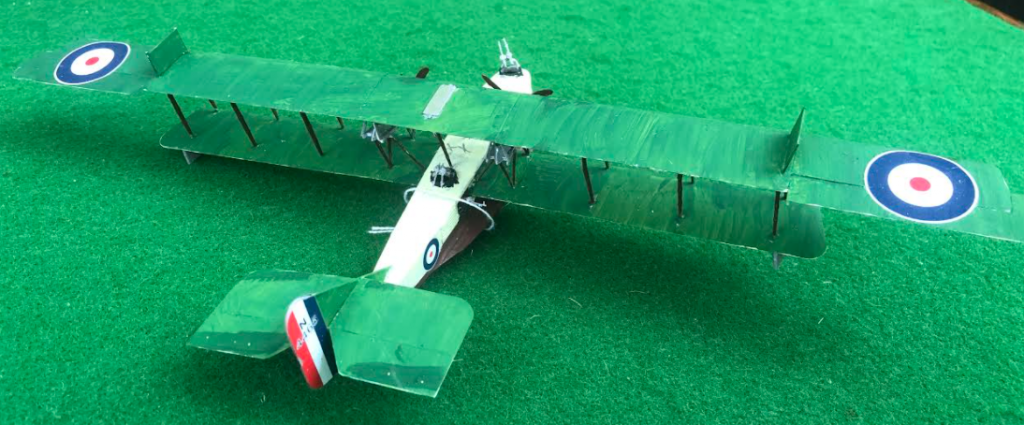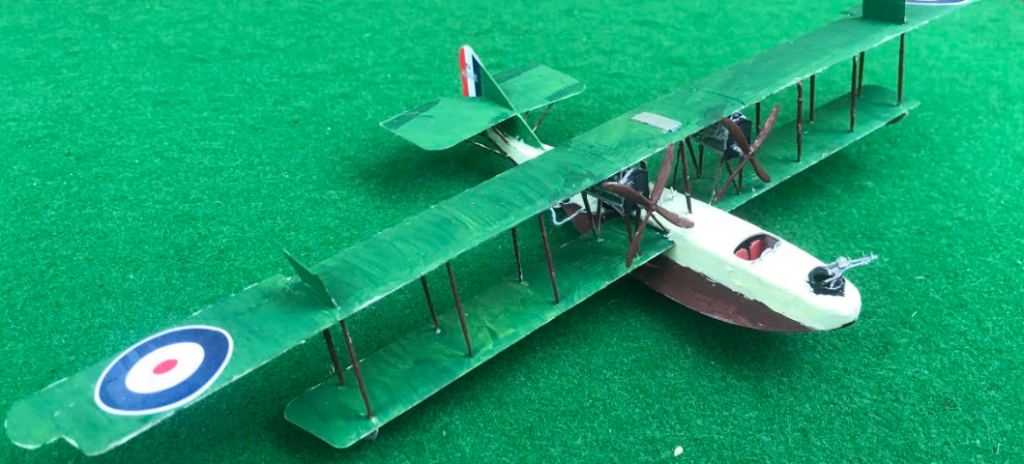Felixstowe F.2
The Felixstowe F.2 was a 1917 British flying boat class designed and developed by Lieutenant Commander John Cyril Porte RN at the naval air station, Felixstowe during the First World War adapting a larger version of his superior Felixstowe F.1 hull design married with the larger Curtiss H-12 flying boat. The Felixstowe hull had superior water contacting attributes and became a key base technology in most seaplane designs thereafter.
The Felixstowe F.2A was used as a patrol aircraft over the North Sea until the end of the war. Its excellent performance and maneuverability made it an effective and popular type, often fighting enemy patrol and fighter aircraft, as well as hunting U-boats and Zeppelins. The larger F.3, which was less popular with its crews than the more maneuverable F.2A, served in the Mediterranean and the North Sea.
The F.5 did not enter service until after the end of World War I, but replaced the earlier Felixstowe boats (together with Curtiss flying boats) to serve as the RAF’s standard flying boat until being replaced by the Supermarine Southampton in 1925.
Variants
F.2A: Based on Curtiss H12 with new hull. Powered by two 345 hp Rolls-Royce Eagle VIII engines. 4 to 7 machine guns and 460 lb of bombs.
F.2B: F.2A with an open cockpit.
F.2C: Modified F.2A with lighter hull. Two built.


